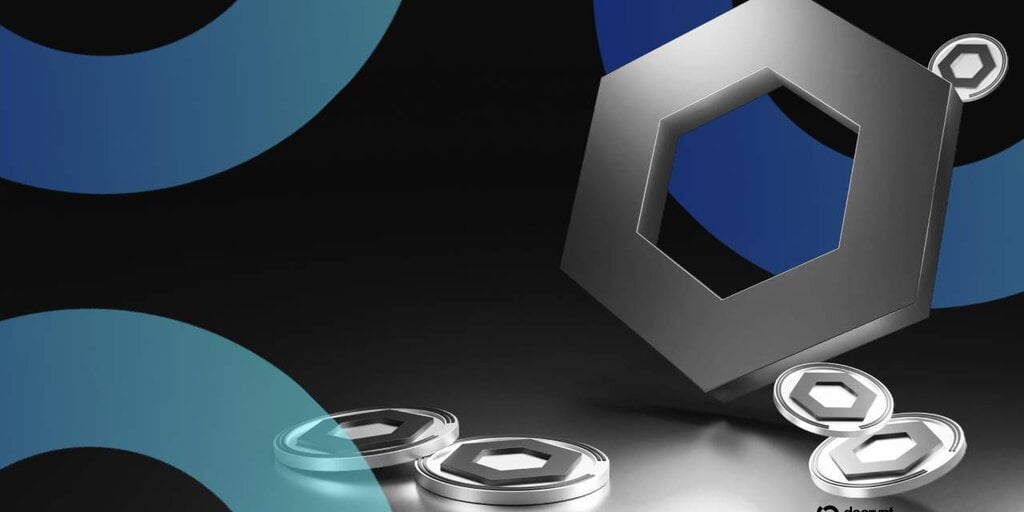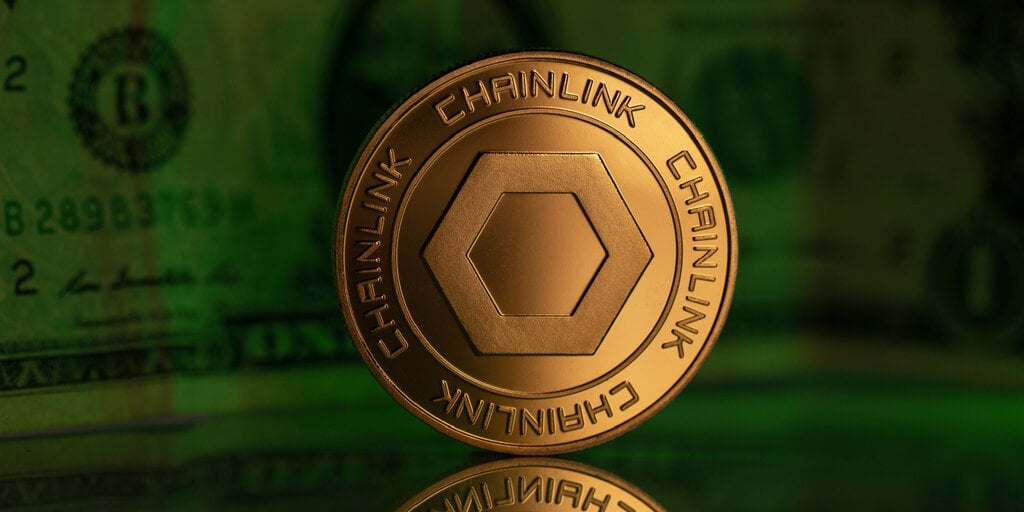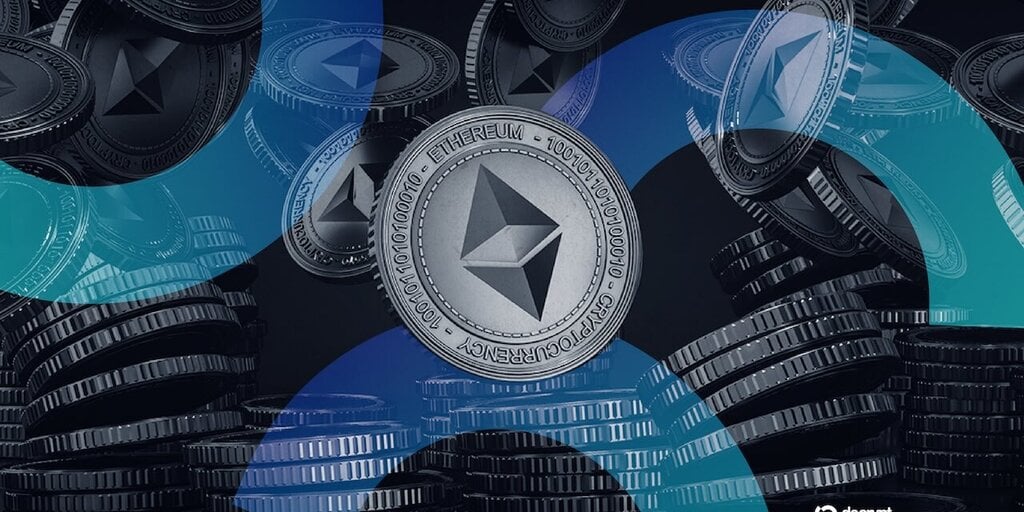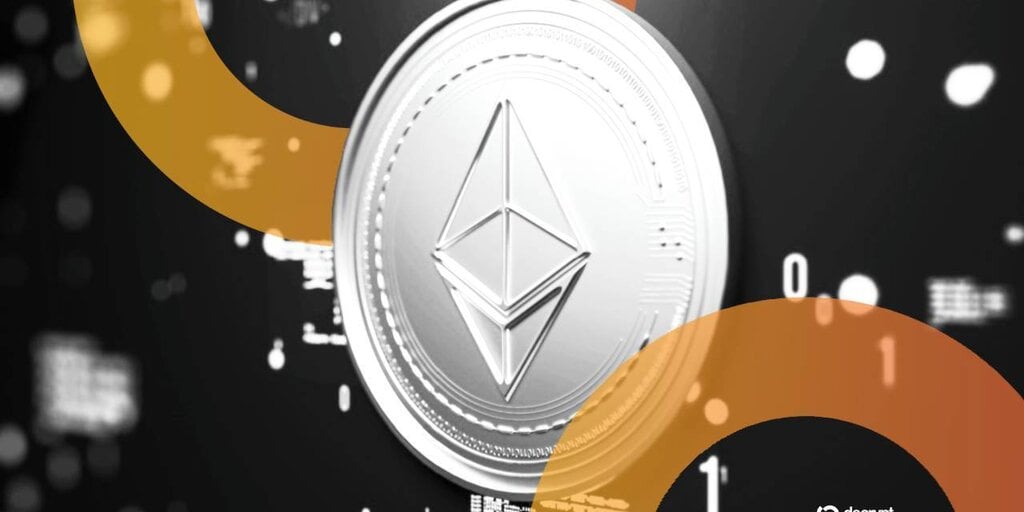In brief
- Publicly traded firm Caliber has acquired $6.7 million worth of LINK as it builds out its Chainlink treasury.
- The firm intends to do more than accumulate LINK though, it will also integrate the Chainlink network into its daily business.
- Its next step is hiring the right fit with a history in real estate tokenization and blockchain.
Publicly traded asset manager Caliber made its first significant buy of Chainlink (LINK) this week, adding 278,0111 LINK worth around $6.5 million to its treasury, it announced Thursday.
The Arizona-based firm has now acquired around $6.7 million worth of LINK in just over a month since announcing its Chainlink treasury strategy. While other firms are stacking assets like Bitcoin, Ethereum, Solana, or XRP, Caliber saw something unique in LINK.
“We found that Chainlink was the obvious choice for us,” Caliber CEO Chris Loeffler told Decrypt about the firm’s new connections to crypto. “It had institutional adoption, it had utility inside our actual business, and Chainlink was starting to announce some really sizable partnerships.”
In addition to stacking LINK, the firm will look to utilize Chainlink’s network to bring valuable off-chain data used in its every day business on-chain, potentially reducing operating costs and increasing profitability in the process. One such prominent example for the firm is in valuations.
“Because we’re a public asset manager, every quarter we have to produce valuation work on all of our assets and all of our funds,” said Loeffler, who added that it is typically a complex and manual process.
“To value an apartment complex, you may need to have 10 points of data,” he said. “Maybe that’s comparable sales, vacancy rates, and current rental rates. Those pieces of data are critical to be plugged into a financial model that is run to produce the value every quarter.”
Using Chainlink’s network, though, the firm believes it will be able to bring that real-world data on-chain and better validate and automate its valuations, ultimately providing more transparency to its investors in the process. Loeffler said that further use cases like automated fund administration may be possible, as well.
Chainlink operates as an oracle network, helping securely pull verified data from off-chain sources on-chain for integration with blockchains. The network recently partnered with the U.S. Department of Commerce to bring GDP data on-chain, and founder Sergey Nazarov has teased further integrations—and hopes to help aid with election integrity, as well.
To pursue its on-chain goals, Caliber is looking for the right person to join the firm.
“Our next step, as far as the implementation, is we’re looking for a key person who would be like a strategic hire inside of the company,” said Loeffler, who said the firm is looking for someone with experience in real estate tokenization and blockchain.
“I’d like to have that person hired and functioning before the end of the year,” he added.
Though relatively new to the crypto ecosystem, Loeffler said the firm has been welcomed warmly by the community.
“The LINK Marines and the LINK community as a whole are just excited,” he said, making note of the rabid community of Chainlink investors that rally around the asset on social media. Loeffler’s X bio indicates he’s a “new recruit” to the LINK Marines.
“The fact that we’re not just building a treasury and being a treasury company, but we’re also aligned to integrating our real-world assets into blockchain and to utilize Chainlink’s technology—that resonated really well,” he added.
Shares of Caliber (CWD) are up more than 300% in the last month.
Daily Debrief Newsletter
Start every day with the top news stories right now, plus original features, a podcast, videos and more.




